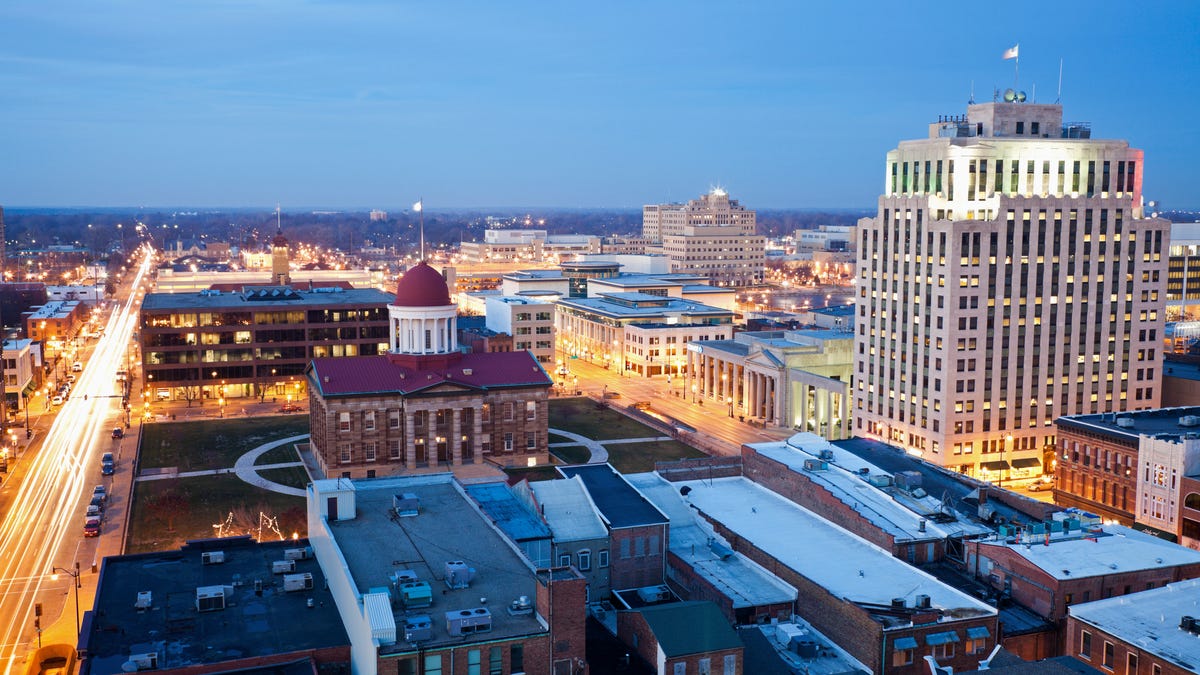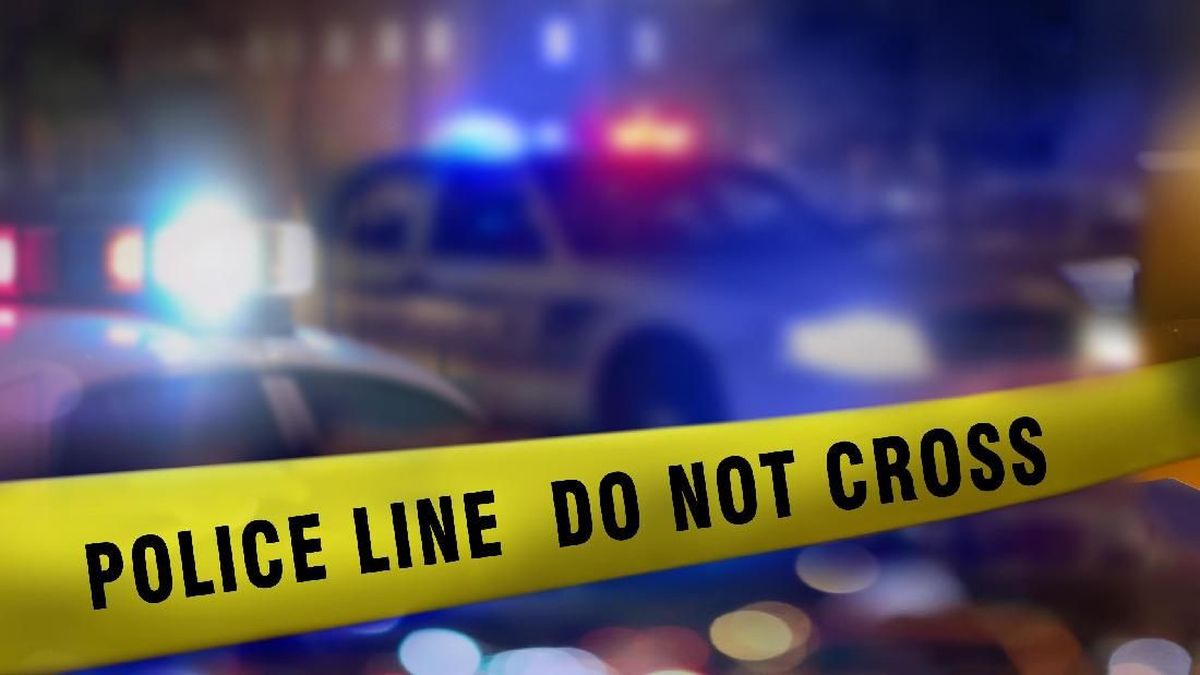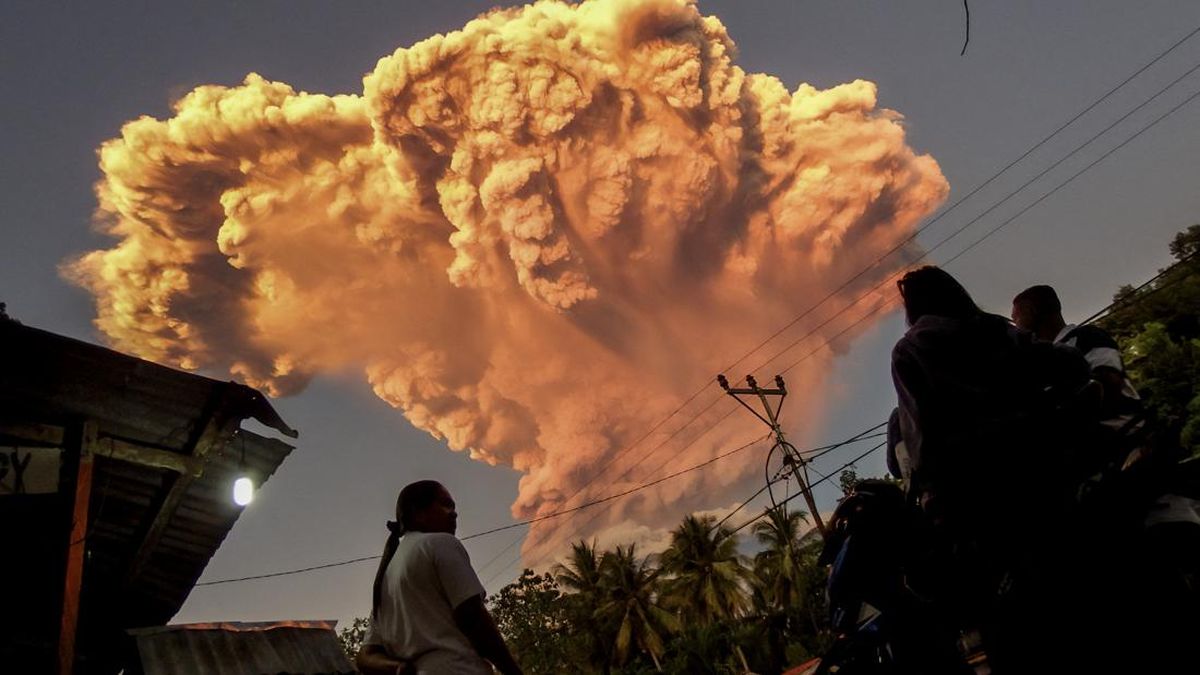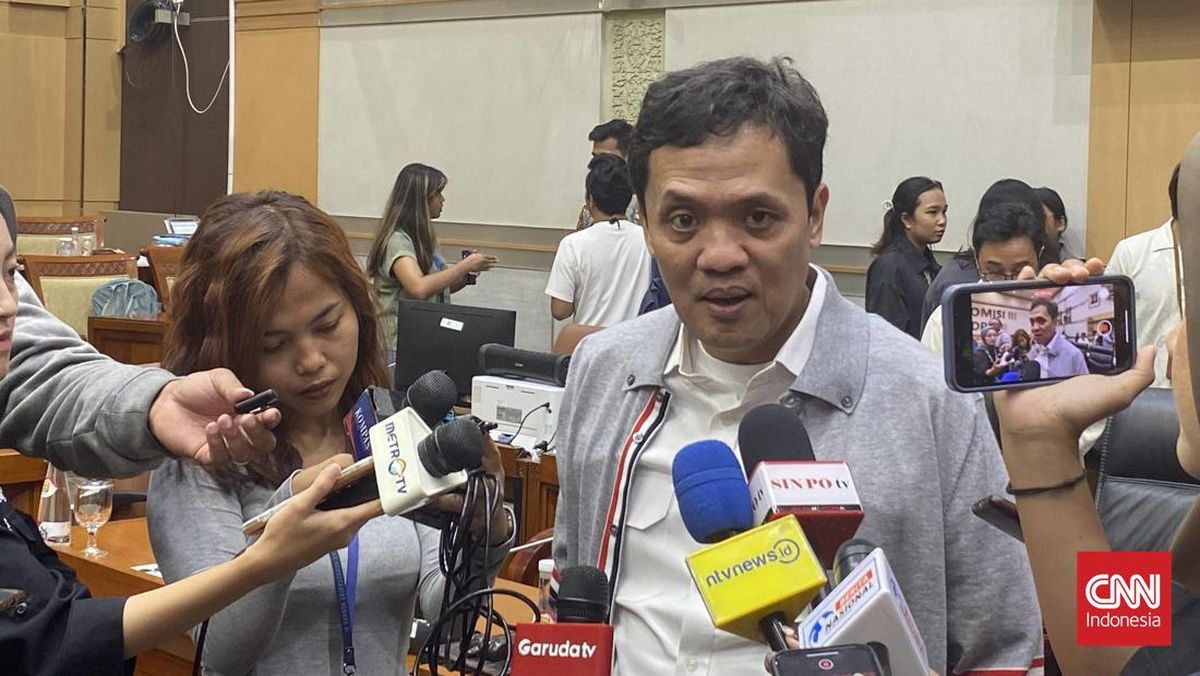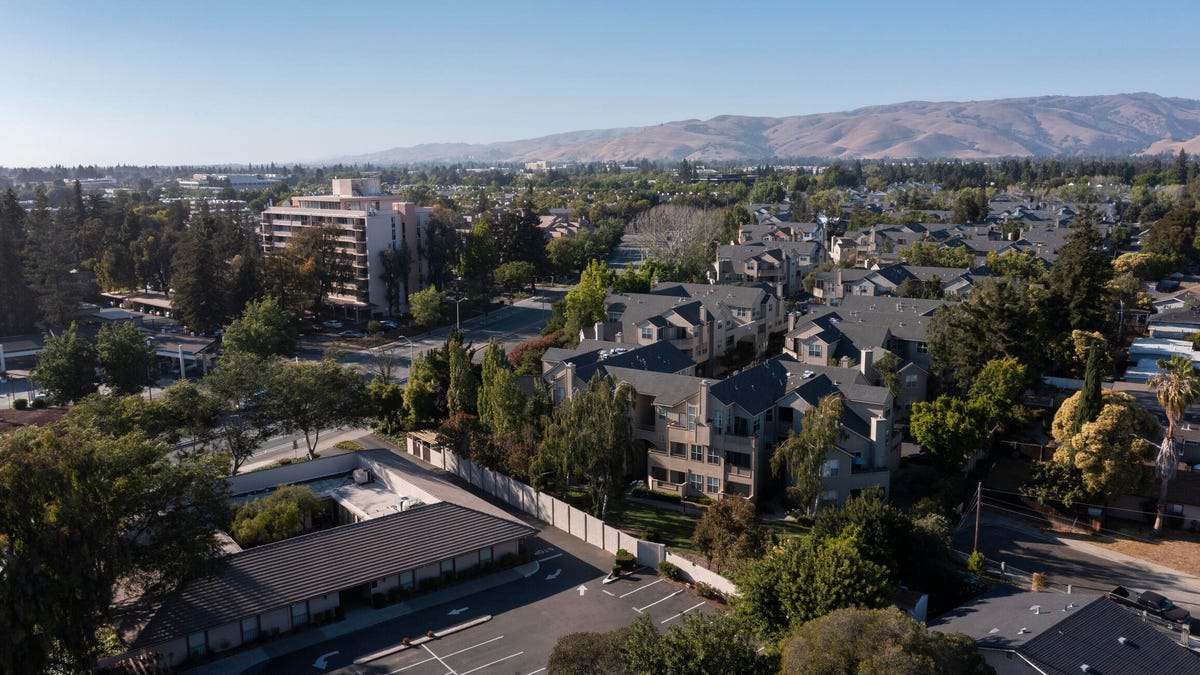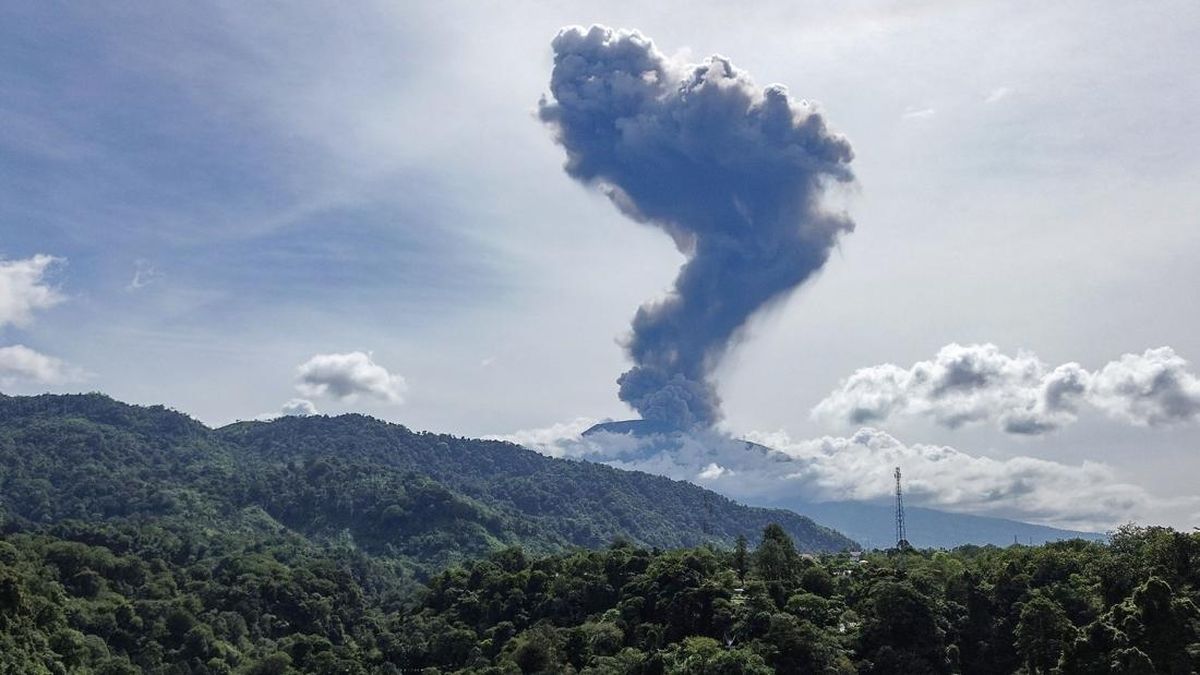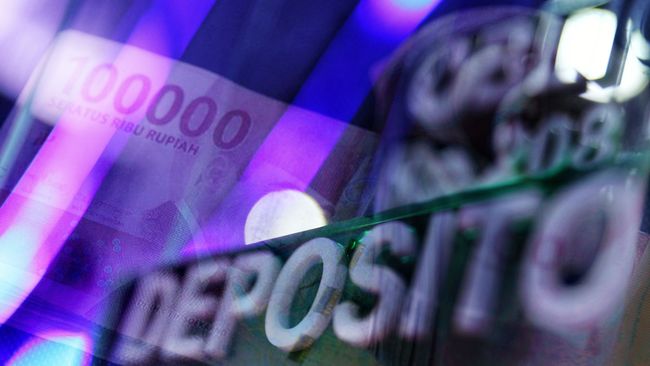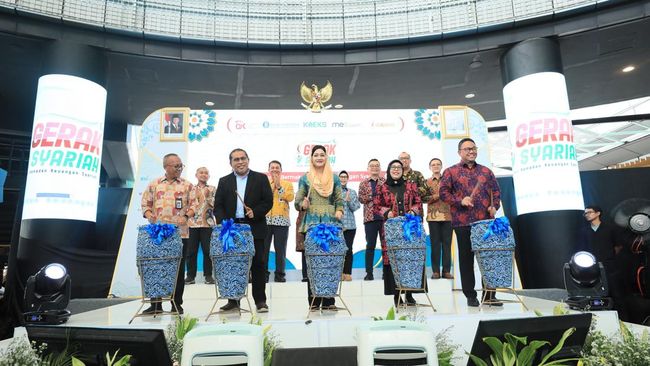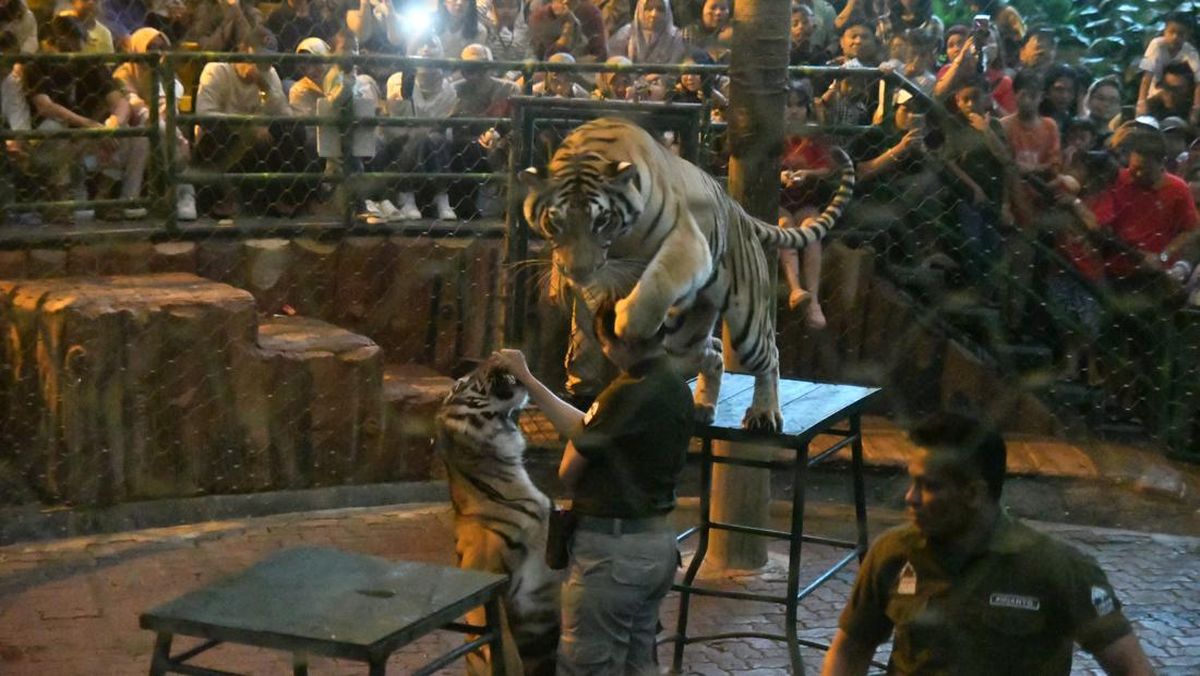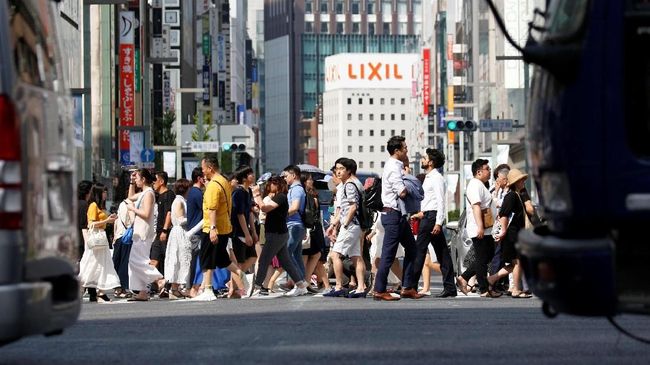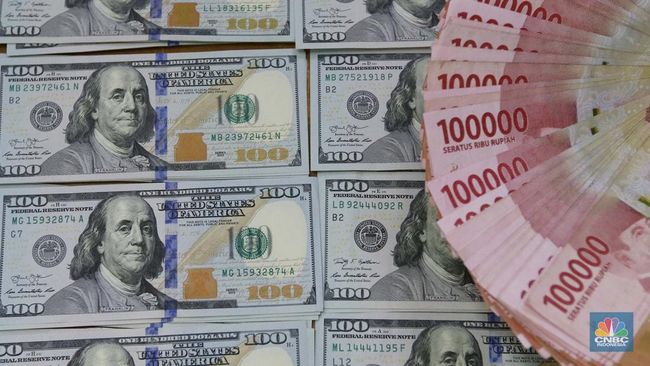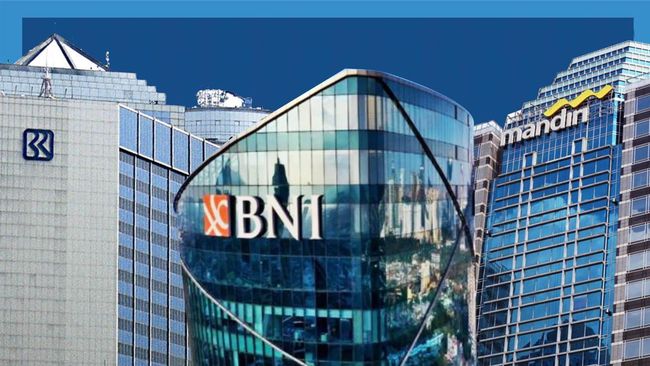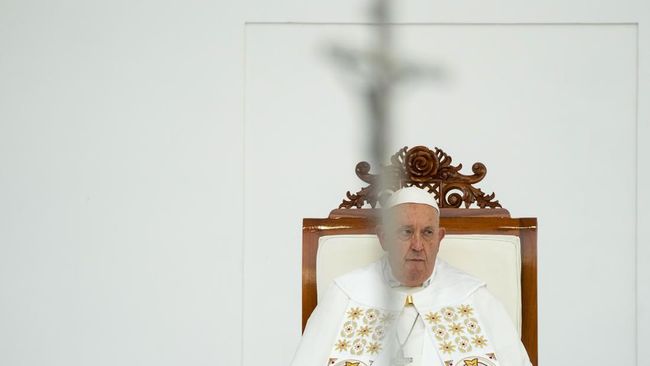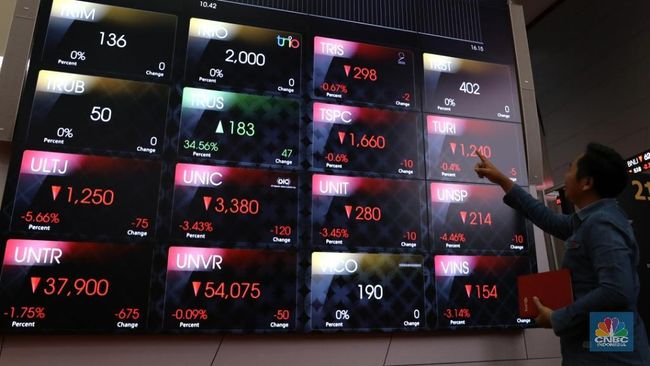As it gears up for its commercial launch, self-driving company Zoox on Wednesday shared that it's opened a 220,000-square-foot serial production facility for its purpose-built robotaxis. Located in Hayward, California, it's deemed to be the first-ever such facility in the US and will allow for the assembly of around 10,000 robotaxis a year.
"The number of Zoox robotaxis we produce will grow and scale to match the demand of our commercial service as needed," the company noted in a blog post.
Zoox is owned by Amazon and operates its boxy robotaxis -- which it also designs and builds itself -- in Las Vegas and San Francisco, with plans to launch commercially later this year. It's also deployed its ground-up robotaxis for employees in Foster City, California, where its headquarters are located. In addition, Zoox is testing its self-driving technology in other cities, including Seattle, Miami, Los Angeles, Atlanta and Austin, Texas, aboard a fleet of retrofitted Toyota Highlanders with a safety driver behind the wheel.
Watch this: This Robotaxi Looks and Drives Like No Car You've Ever Seen Before
11:09
Unlike its test fleet, Zoox's purpose-built robotaxis have no steering wheel, pedals or driver's seat. I took a ride aboard the pod-like vehicle in Las Vegas in October, and despite the unique form factor, it felt like an oddly normal drive. There are buttons for contacting emergency services throughout the vehicle to help put riders at ease. It also has what the company calls a "horseshoe airbag," which will inflate from the top and envelop each rider if the vehicle gets into an accident (which is assuring given all the windows).
See also: No Steering Wheel, Pedals or Driver's Seat: Is Zoox the Future of Robotaxis?
The new facility in Hayward will be used for everything from robotaxi assembly to end-of-line testing before deploying the vehicles. Zoox's existing manufacturing facility in Fremont, California, in which it previously carried out these functions, is now being repurposed for retrofitting its test fleet and for sensor pod configuration.
"This is what will help us move from the gradual approach of introducing this service to then being able to scale it -- not only to Las Vegas and San Francisco, where we will start this operation, but also to many cities in the US," Corrado Lanzone, Zoox's vice president of manufacturing operations, told me in an interview.
Zoox's many components are pieced together at its San Francisco Bay Area facility.
ZooxZoox is one of a handful of self-driving companies in the US, which includes big names like Alphabet-owned Waymo and startups like Avride and May Mobility. Those companies use retrofitted vehicles made by third parties, rather than building their own custom fleet like Zoox. Tesla is also seemingly preparing to launch its robotaxi service later this month in Austin, though its purpose-built robotaxi is still years away, according to CEO Elon Musk.
Zoox hasn't shared details about when exactly it's planning to welcome public riders aboard its fleet, but notes that Las Vegas will lead the charge sometime later this year, followed by San Francisco. Whenever that day comes, its shiny new facility in Hayward will serve as its central engineering and manufacturing hub.
Owning and controlling the full process, from vehicle design to assembly to operations, makes it easier for Zoox to quickly implement changes based on rider feedback or technological developments. It can also adjust production, "depending on expansion and market demand," the company notes. "As the robotaxi design advances, the facility's unique layout and building equipment will be able to accommodate these future changes and features."
While assembly takes place in the San Francisco Bay Area, some vehicle components are made and shipped from other parts of the world, like the carbon fiber body that's produced in Europe. At the manufacturing facility, workers install everything from electronic control units to sensors to interior elements. Having that process take place in the US can help shield Zoox from tariff-related uncertainty.
"We are in a good place because we have our final assembly here," Lanzone said. "We have a very strong base in the US."
Zoox's robotaxis go from station to station during the assembly process as everything from sensors to interior components are installed.
ZooxOnce the robotaxi makes it through the production line, it goes to end-of-line testing before hitting the road. This involves several steps, including a calibration bay to ensure all sensors are working as needed, wheel and headlight adjustment and even a simulated rainstorm to check for any leaks so that riders and sensitive electronics don't get drenched.
At the very end, each robotaxi heads to an outdoor test track for its first autonomous drive. This helps to ensure the driving and ride-hailing process is running smoothly. The test track also emulates a bumpy road to check for any rattles or squeaks that need to be addressed.
The road to producing 10,000 vehicles a year will be gradual. Lanzone says Zoox will manufacture a "limited amount of vehicles" this year before truly scaling up next year.
From there, it's off to the races.

 5 hours ago
1
5 hours ago
1






